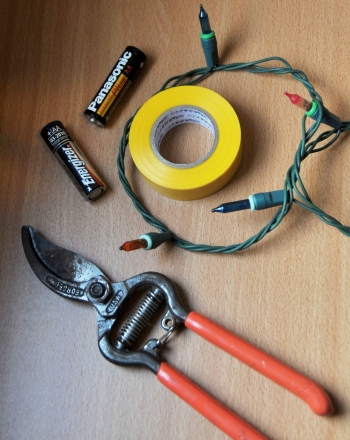
Cargando...
Was kann ich tun?
226539 materialEducativo
textoFiltroFichaÜber diese Ressource...

Electricity is both commonplace and mysterious.We rely on it every day to run our lights and appliances, but how does it work?An electrical current occurs when electrical charges are in motion.You can think of an electrical current the same way you think of a current in the water.Some water currents flow slowly,while other water currents, like mountain streams,flow quickly.How fast a current flows depends partially on the water pressure.If the pressure is high, the current flows very quickly.The term used for electrical pressure is called voltage.Another factor that determines how fast water flows is the size of pipe.If the pipe narrows, the water’s overall flow rate slows down.In the world of electricity, factors that slow electrical flow down are called resistors.The thin coiled wire inside a light bulb is a resistor.When electrical current flows through a light bulb, it slows down, and some of the electrical energy is changed into light.This resistance generated light is used to illuminate the rooms of our house, and to make our holidays festive.Speaking of holidays, Christmas tree lights are a great source of cheap light bulbs and wire for hands-on explorations of electricity.If you get a pair of strippers, and couple batteries, you can build your own circuit, which is a controlled circular path of electricity.The first type of circuit you should build is a series circuit. In a series circuit, the electric charge flows in only one circular path.Things get interesting when you add resistors, and additional sources of power.
It is an educational content by education.com.
By clicking on the title of this resource, you will be redirected to the content. If you want to download the project, you just have to join the website, which now is for FREE.
Exklusive Inhalte für Mitglieder von

Mira un ejemplo de lo que te pierdes
Autores:
Kategorien:
Tags:
Fecha publicación: 12.5.2016
Die Originallizenz der Ressource wird respektiert.
Möchtest du einen Kommentar abgeben? Registriere dich oder inicia sesión
Si ya eres usuario, Inicia sesión
Add to Didactalia Arrastra el botón a la barra de marcadores del navegador y comparte tus contenidos preferidos. Más info...
Kommentieren
0